Learn about the best borage companion plants to help this self-seeding annual thrive. If you are asking, “What should I plant borage next to?”, you are in the right place. Get a list of the best companion plants you can surround your borage with, including the best flowers to grow as companion plants for borage, the best fruit to plant around borage, the best herbs to plant with borage, and the best vegetables to plant with borage. Get ideas about which plants to avoid planting near borage as well. You will also learn about the best time to plant borage, the best place to plant borage, the best fertilizer for borage, the watering needs of borage, and the best way to save seeds from borage to increase the number of your borage plants. Let‘s get started!
Table of Contents
What is Borage?
Borage is an herbaceous plant with bright blue, star-shaped flowers. Its leaves and flowers are often used in cooking and herbal medicine. It’s known for its cucumber-like flavor and is sometimes used to garnish desserts or salads. It’s also popular for its medicinal properties, such as reducing inflammation and promoting skin health.
Borage is typically an annual plant, meaning it completes its life cycle in one growing season. However, it can sometimes self-seed and reappear in subsequent years, giving it a perennial-like presence in the garden.
Benefits of Growing Borage
Why do farmers and gardeners grow borage? In addition to the beautiful flowers, plus culinary and medical uses, growing borage in your garden offers several benefits:
Attracts Pollinators: Borage flowers are highly attractive to bees and other pollinators, helping to increase pollination rates in your garden and improve fruit set and yields for nearby plants.
Low Maintenance: Borage is relatively easy to grow and requires minimal maintenance once established. It is drought-tolerant and pest-resistant (deer-resistant plants are a necessity where I live), making it a hassle-free addition to the garden.
Self-Seeding: As noted in the previous section, borage is a prolific self-seeder, meaning it can readily spread and return year after year without needing to be replanted. This can help create a self-sustaining population of borage in your garden.
Why I Love Borage
I love borage for its culinary uses and also for its lovely periwinkle blue color. The color palette I prefer for my perennial and herb gardens is a blue, purple, and pink mix. Borage fits in perfectly with that color scheme, and makes a good companion plant to lupine, chives, and columbine based on color alone.
What Makes a Good Companion Plant?
Why pay attention to companion plants? A good companion plant is one that offers various benefits to its neighboring plants, such as minimizing pest and disease issues, which helps enhance their growth, health, and overall productivity. Here are some key qualities that make a good companion plant that will help you plant strategically to make the most of your yard or garden space:
Pest Control: Companion plants may repel pests or attract beneficial insects that prey on pests, helping to reduce pest damage without the need for chemical pesticides.
Pollinator Attraction: Plants that attract pollinators such as bees, butterflies, and hummingbirds can improve pollination and fruit set in neighboring plants, leading to higher yields.
Soil Improvement: Some companion plants have deep roots that help break up compacted soil, while others fix nitrogen or add organic matter to the soil, improving soil fertility and structure for neighboring plants.
Complementary Growth Habits: Companion plants with different growth habits, such as tall plants providing shade for shorter ones or ground covers suppressing weeds, can maximize space and resources in the garden.
Disease Resistance: Certain companion plants may emit chemicals or compounds that inhibit the growth of pathogens or pests, reducing the risk of disease in neighboring plants.
Seasonal Considerations: Companion plants that thrive during different seasons can provide continuous benefits throughout the year, such as early bloomers attracting pollinators or cover crops protecting soil during the off-season.
Aesthetic Value: Companion plants with attractive foliage, flowers, or fruits can enhance the visual appeal of the garden while providing practical benefits to neighboring plants.
Borage Companion Plants: Flowers
In addition to perennial lupine and columbine, as previously noted, borage pairs well with many other flowers, especially those that attract pollinators. Here are some more good flower options to grow alongside borage:
Lavender: Both borage and lavender attract bees and butterflies, making them a good combination for a pollinator-friendly garden.
Calendula: Calendula’s bright orange or yellow flowers complement borage’s blue blooms, and both are beneficial for pollinators.
Marigolds: Can you plant marigolds and borage together? Marigolds are known for their ability to repel certain pests like nematodes, while borage attracts pollinators like bees and beneficial insects such as predatory wasps.
Nasturtium: Nasturtiums provide a splash of color and also attract pollinators to the garden.
Sunflowers: Tall sunflowers can provide shade for borage, which prefers some protection from the intense sun, and their large blooms are attractive to bees.
Daisy: Daisies add a cheerful touch to the garden and also attract pollinators.
Cosmos: Cosmos are easy to grow, and their delicate flowers add beauty while attracting bees and butterflies.
Borage Companion Plants: Fruit
Borage is known to attract pollinators like bees, so it’s beneficial to pair it with fruit-bearing plants that rely on pollination for fruit production. Here are some good options:
Blueberries: Both borage and blueberries prefer acidic soil and can thrive together. Blueberries also benefit from increased pollination.
Raspberries or Blackberries: These berries also benefit from pollination by bees attracted to borage flowers. Plus, the borage can add color and attract beneficial insects to help control pests.
Apples or Pears: Borage can be planted near apple or pear trees to attract pollinators, which can improve fruit set and yield.
Citrus trees: While borage may not directly affect citrus fruit production, its flowers can attract pollinators, which may benefit nearby citrus trees.
Borage Companion Plants: Herbs
Borage pairs well with a variety of herbs, both aesthetically and functionally. Here are some good options to grow alongside borage:
Mint: Mint and borage complement each other visually, and mint’s strong aroma can help deter pests.
Thyme: Thyme is a low-growing herb that contrasts nicely with the taller borage plant. Both are drought-tolerant and can thrive in similar growing conditions. I would only grow mint in a garden container, though, due to its tendency to spread.
Chives (as previously noted): Chives produce delicate purple flowers that contrast beautifully with borage’s blue blooms. Both are easy to grow and attract pollinators.
Sage: Sage’s silvery-green foliage provides a nice backdrop for borage’s bright blue flowers. Sage is also known for its aromatic leaves and culinary uses.
Lemon Balm: Lemon balm and borage create a visually appealing combination, and lemon balm’s citrusy scent can help repel pests.
Rosemary: Rosemary’s upright growth habit and aromatic leaves make it a great companion for borage. Both are relatively low-maintenance herbs that thrive in sunny locations.
Borage Companion Plants: Vegetables
Borage is a beneficial companion plant for many vegetables due to its ability to attract pollinators and repel certain pests. Here are some good vegetables to grow alongside borage:
Cucumbers: Borage and cucumbers have similar watering needs and can thrive together. Borage’s flowers attract bees, which can improve cucumber pollination. That is great for me, since I love to make pickles.
Squash and Zucchini: Borage’s vibrant blue flowers can enhance the beauty of a squash or zucchini patch while attracting pollinators like bees.
Lettuce: Borage’s tall stems and blue flowers provide some shade and protection for lettuce plants, and it can also help repel pests like cabbage worms.
Beans: Borage can attract bees to pollinate bean flowers, resulting in better bean yields. Additionally, it can deter pests like bean beetles.
Brassicas (Broccoli, Cabbage, Kale): Borage can help repel cabbage worms and attract beneficial insects to control pests in brassica patches.
What Not to Plant Near Borage
Good news! There are not many plants that make bad companions for borage. Here are the few you may want to avoid:
Fennel: Borage and fennel both attract similar beneficial insects, which could potentially lead to competition for pollinators.
Strawberries and Tomatoes: Some studies have indicated that borage can inhibit the growth of certain plants when grown in close proximity, particularly tomatoes and strawberries. However, the extent of its allelopathic effects and the specific mechanisms involved may vary depending on factors such as soil conditions and plant interactions.
Borage Companion Planting Chart
| Borage Companion Plants | |
| Borage Companion Plants: Flowers | Borage Companion Plants: Fruit |
| Annuals | Apples |
| Calendula | Blueberries |
| Cosmos | Blackberries |
| Marigolds | Citrus trees |
| Nasturtiums | Pears |
| Sunflowers | Raspberries |
| Perennials | |
| Columbine | Borage Companion Plants: Vegetables |
| Daisy | Beans |
| Lavender | Broccoli |
| Lupine | Cabbage |
| Cucumbers | |
| Borage Companion Plants: Herbs | Kale |
| Chives | Lettuce |
| Lemon Balm | Squash |
| Mint | Zucchini |
| Rosemary | |
| Sage | Worst Borage Companion Plants |
| Thyme | Fennel |
| Strawberries | |
| Tomatoes | |
Borage Planting and Growing Tips
When to Plant Borage
The best time to plant borage is in the spring after the last frost has passed. Borage is a hardy annual herb that prefers full sun and well-draining soil. In colder climates, you can start borage seeds indoors a few weeks before the last frost date and then transplant them outdoors once the weather warms up. Borage readily self-seeds, so once established, it may continue to come back year after year.
Where is the Best Place to Plant Borage?
The best place to plant borage is in a sunny location with well-draining soil. Aim for at least 6-8 hours of sunlight per day. Borage prefers slightly acidic to neutral soil (pH 6.0 to 7.0) and benefits from rich, fertile soil amended with compost. Plant borage about 12-18 inches apart to allow for airflow and prevent overcrowding. Consider companion planting with vegetables, herbs, or flowers that can benefit from borage’s presence. If space is limited, borage can also be grown in containers with good drainage.
Borage Plant Size and Spacing
Here are some tips about how far apart to plant borage. Borage plants can grow quite large. They typically reach a height of 2 to 3 feet (60 to 90 cm) and have a spread of about 1 to 2 feet (30 to 60 cm). With this in mind, it’s important to space them appropriately to allow for ample airflow and prevent overcrowding. Plant borage about 12-18 inches (30-45 cm) apart. This spacing ensures that each plant has enough room to spread out and develop fully without competing with neighboring plants. Additionally, spacing borage plants adequately can help prevent issues such as powdery mildew (more about powdery mildew in a section further down) by promoting good air circulation around the foliage.
What is the Best Fertilizer for Borage?
Borage is a relatively low-maintenance plant that doesn’t require heavy fertilization. However, if you want to give it a boost, you can use a balanced fertilizer with equal parts nitrogen, phosphorus, and potassium (N-P-K), such as a 10-10-10 or 5-5-5 fertilizer. Alternatively, you can use a fertilizer higher in phosphorus to promote flowering. Apply the fertilizer sparingly, following the manufacturer’s instructions, as borage doesn’t tolerate excessive fertilization well.
What are Common Borage Pests and Diseases?
What are common problems with borage? While borage is generally resilient, it can still be susceptible to certain pests and diseases. Here are some common ones pests to watch out for:
Aphids: These tiny insects can suck sap from borage leaves, causing them to curl and distort. They can be controlled with insecticidal soap or by attracting natural predators like ladybugs.
Caterpillars: Some caterpillar species, such as cabbage loopers or tomato hornworms, may feed on borage leaves. Handpicking caterpillars or using organic insecticides can help manage infestations.
Spider Mites: These tiny pests can cause stippling and webbing on borage leaves. Regularly spraying plants with water and applying insecticidal soap can help control spider mite populations.
Here are some diseases which can affect borage growth:
Powdery Mildew: Powdery mildew is a fungal disease that can affect borage, especially in humid conditions. It appears as a white powdery substance on leaves and stems. Improving air circulation and avoiding overhead watering can help prevent powdery mildew.
Root Rot: Excessive moisture or poorly draining soil can lead to root rot, a fungal disease that causes borage roots to rot and plants to wilt. Planting borage in well-draining soil and avoiding overwatering can prevent root rot.
Leaf Spot: Leaf spot is a fungal disease characterized by dark spots on borage leaves. Removing and disposing of infected leaves and promoting good air circulation can help prevent the spread of leaf spot.
How Much Water Does Borage Need?
Borage prefers moderate moisture levels and well-draining soil. Water borage plants deeply but infrequently, allowing the soil to dry out slightly between waterings. Aim to keep the soil consistently moist but not waterlogged. During hot, dry weather, borage may require more frequent watering to prevent wilting. However, be cautious not to overwater, as borage is susceptible to root rot in soggy soil. Adjust watering frequency based on weather conditions and soil moisture levels to ensure optimal growth and health of borage plants.
Saving Seeds From Borage
Collecting borage seeds is a straightforward process. Here’s how you can do it:
Allow Seeds to Mature: Let the borage flowers fully mature on the plant. The flowers will eventually fade and dry up, leaving behind small, brown seed pods.
Harvest Seed Pods: Once the seed pods have dried completely on the plant, carefully remove them by hand. You can also use scissors or pruning shears to cut the stems containing the seed pods.
Dry Seed Pods: Place the harvested seed pods in a paper bag or on a tray in a warm, dry location. Allow them to continue drying for about 1-2 weeks until the pods are brittle and the seeds are easily released.
Extract Seeds: Once the seed pods are fully dry, gently crush them or rub them between your fingers to release the seeds. Be careful not to crush the seeds themselves.
Clean Seeds: Remove any remaining chaff or debris from the seeds by gently blowing on them or using a fine sieve.
Store Seeds: Store the cleaned borage seeds in a cool, dry place in an airtight container or paper envelope. Be sure to label the container with the seed variety and the date of collection.
Need More Planting Ideas?
Check out the tips for the best companion plants for eggplant to learn what to grow with those beauties. If you like the idea of companion planting, you might be interested in reading about the best companion plants for pumpkins, sunflowers, garlic, asparagus, rosemary, radishes, beetroot (beets), thyme, parsley, lupine, stevia, peonies, or the best companion plants for lavender. Get tips for growing stunning dahlias. Are you a beginning gardener? Try planting some foolproof, easy-care perennials, or learning about the best companion plants for columbine. There are so many exciting plants to grow!
Keep Track of Your Garden with a Journal Logbook
Now that you have learned about some compatible companion plants, keep track of your planting ideas, goals, and plans with a printable, editable free garden journal logbook. Choose the pages you want to use and customize them as you wish to record monthly, weekly, and daily garden tasks, lists, weather, and planting arrangements. There are also grid pages for easily designing the layout of your vegetable garden, flower garden, or landscape. Print it out and put it into a notebook you can take with you to the garden (that’s what I do). It’s nice to have all of your garden information in one place.
Get the garden journal logbook!
Free Online Garden Planner Layout Template
Now that you know which are the best companion plants for borage, you might need a way to plan your garden layout. Whether you are planting vegetables, flowers, or herbs near your lupine plants, this online garden planner can help you visualize your design and bring it to life. Arrange and rearrange the plants over and over, then print the layout when you are satisfied. With garden tasks that need your attention, this is one way to save time.
It’s fully customizable when you make your own copy and includes two editable chart pages for noting planting specifications.
Get my free online garden layout planner template!
Have a wonderful week, and may all of your borage-growing endeavors meet with success!

Lisa Mitchell is a wife, mom, and school librarian who likes to grow fruit, herbs, vegetables, and flowers on her family’s small Pacific Northwest farm. To learn more about what this website has to offer gardeners, click on over to the Garden page.
Want more great garden, food, or travel ideas? Follow FluxingWell on Pinterest, Facebook, Instagram, and X for the latest posts, tips, and inspiration.

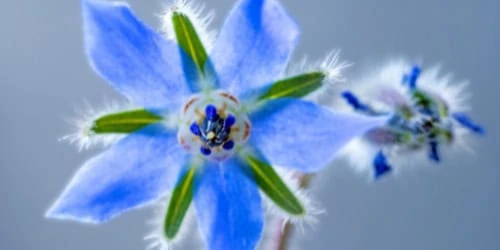
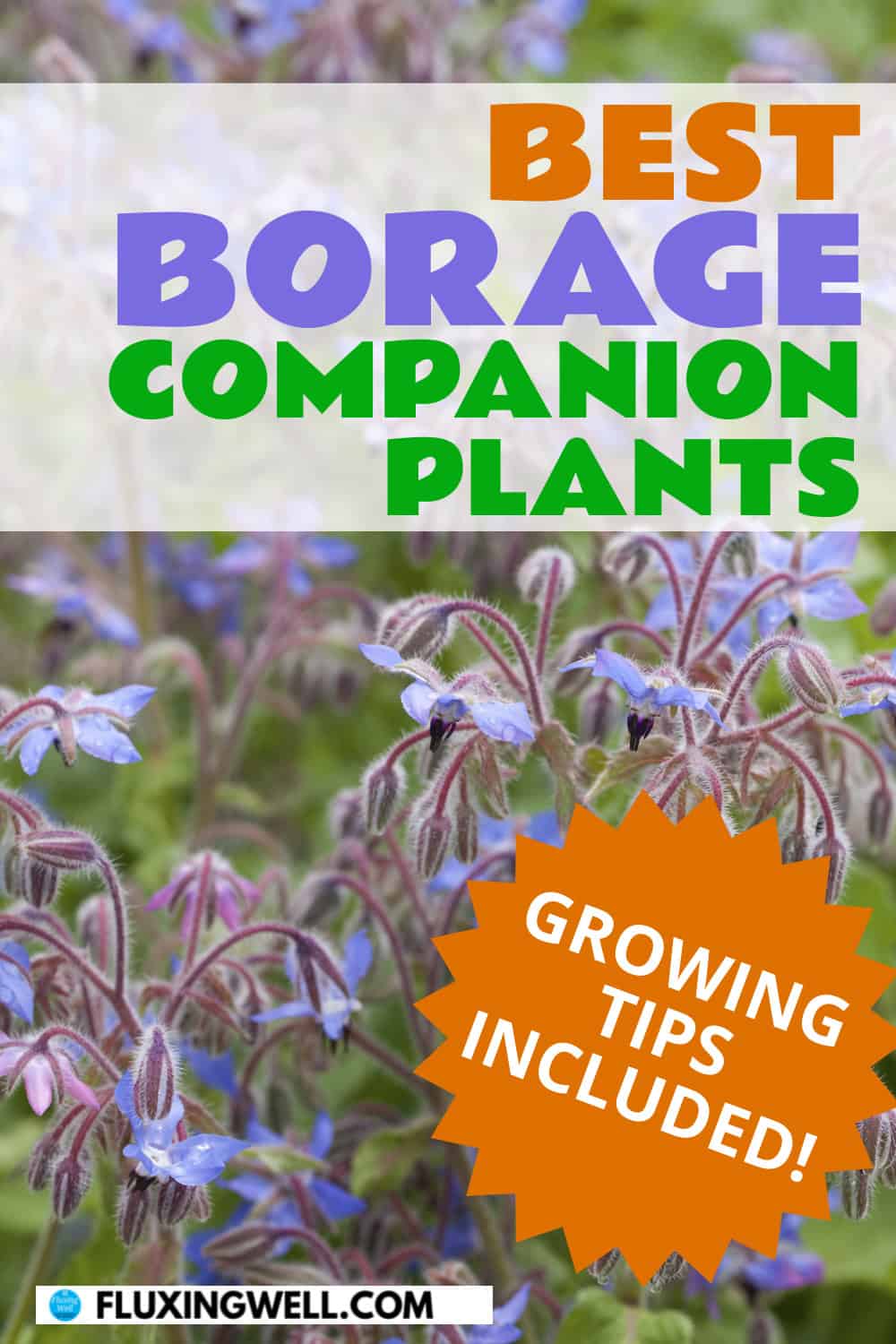
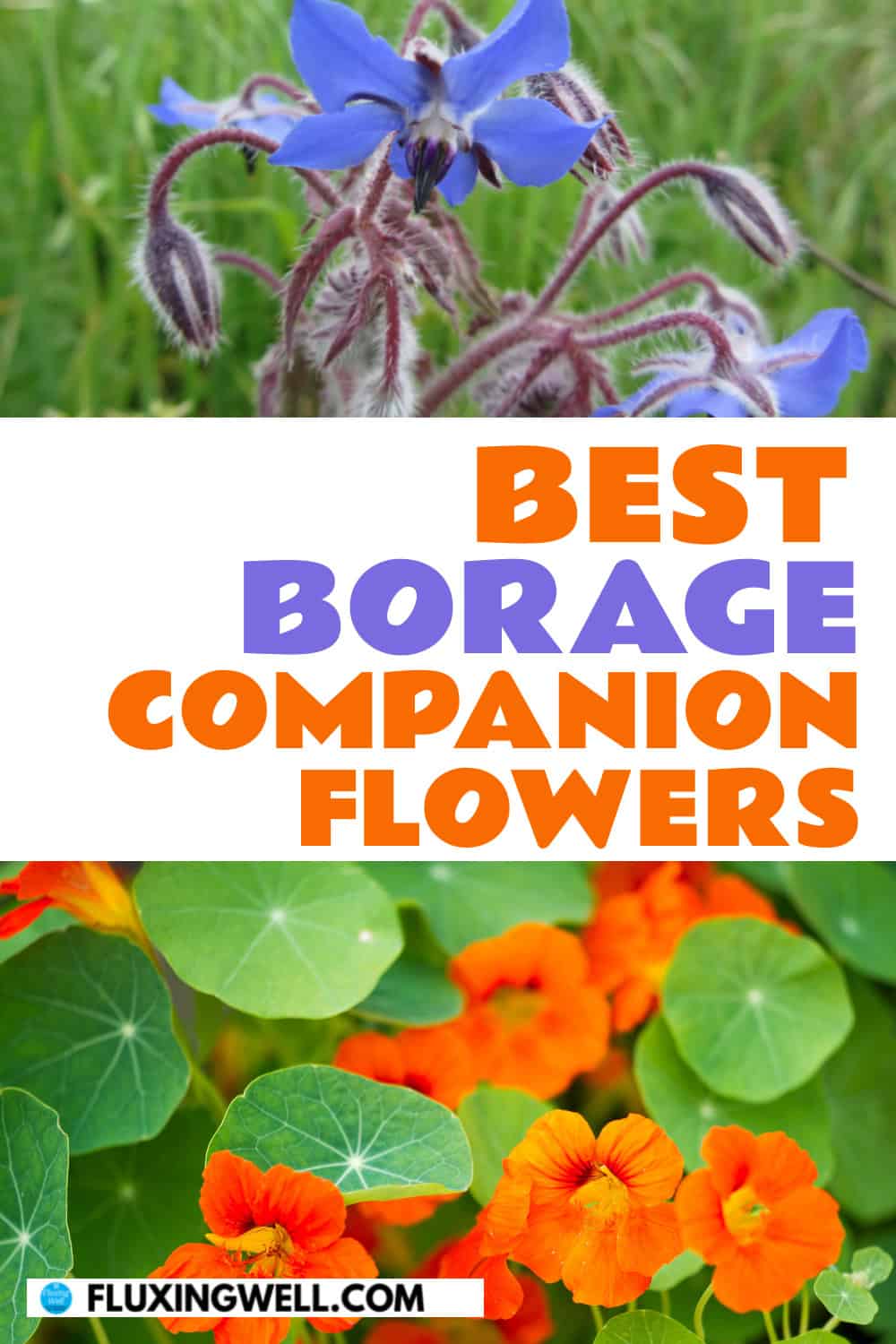
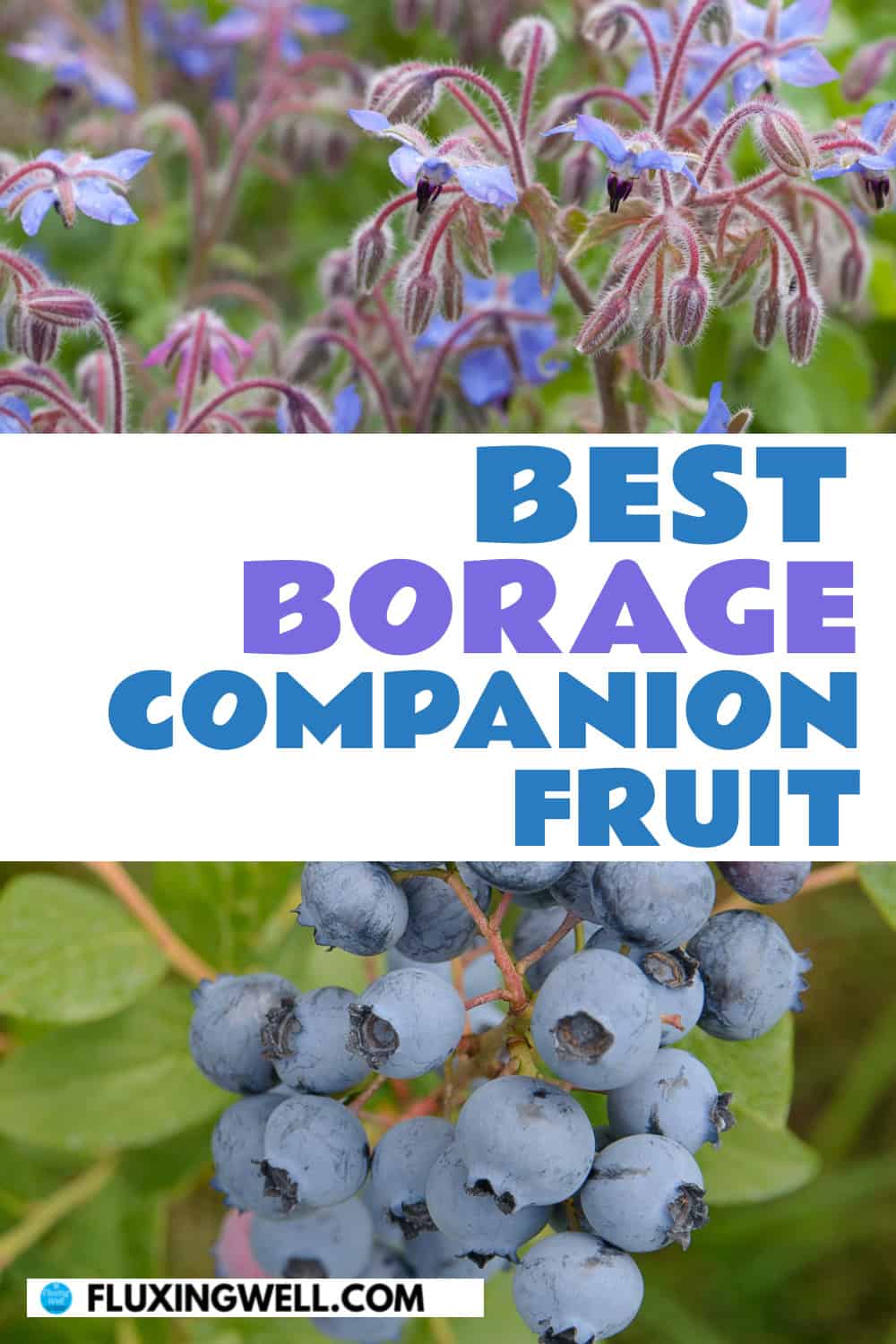
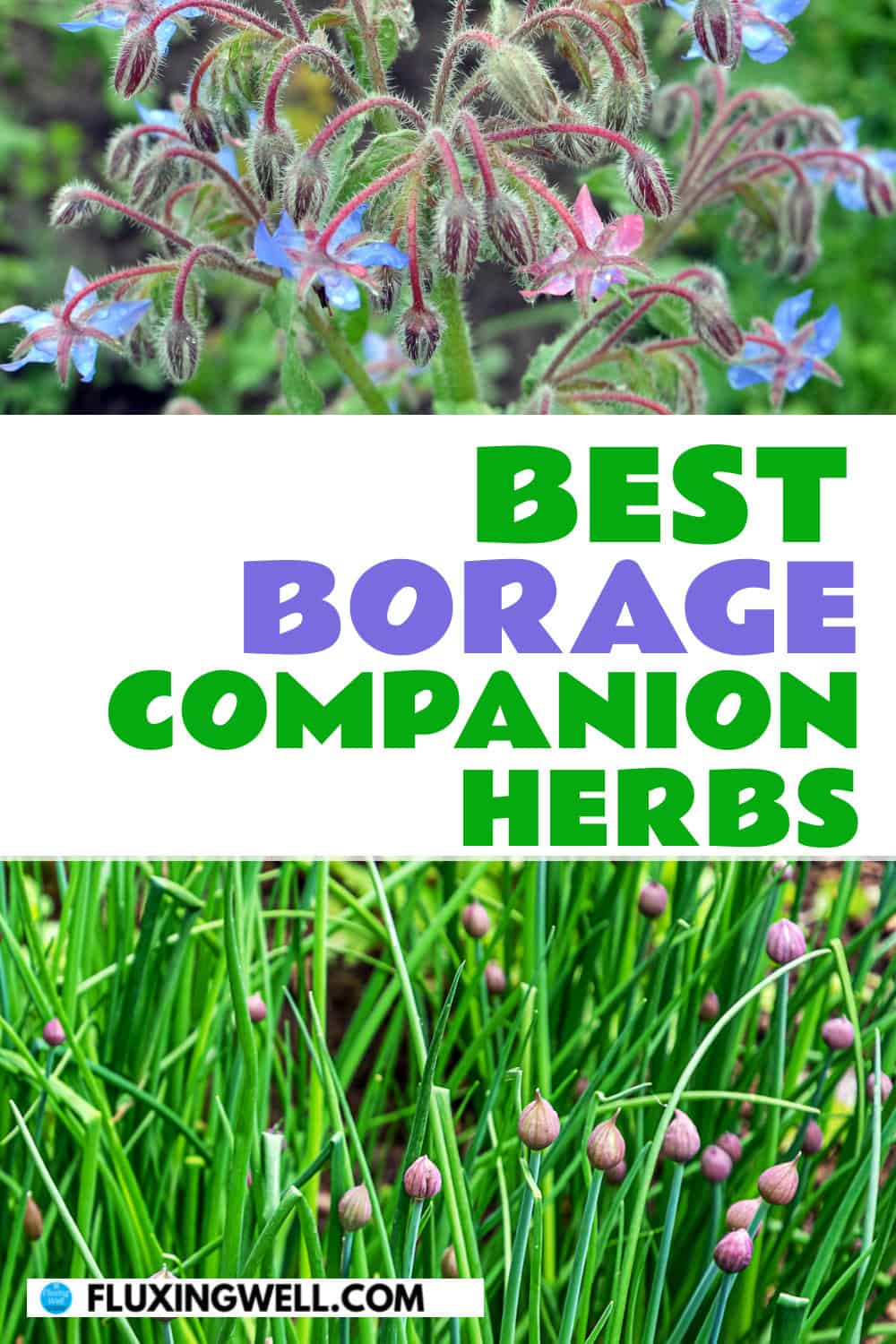

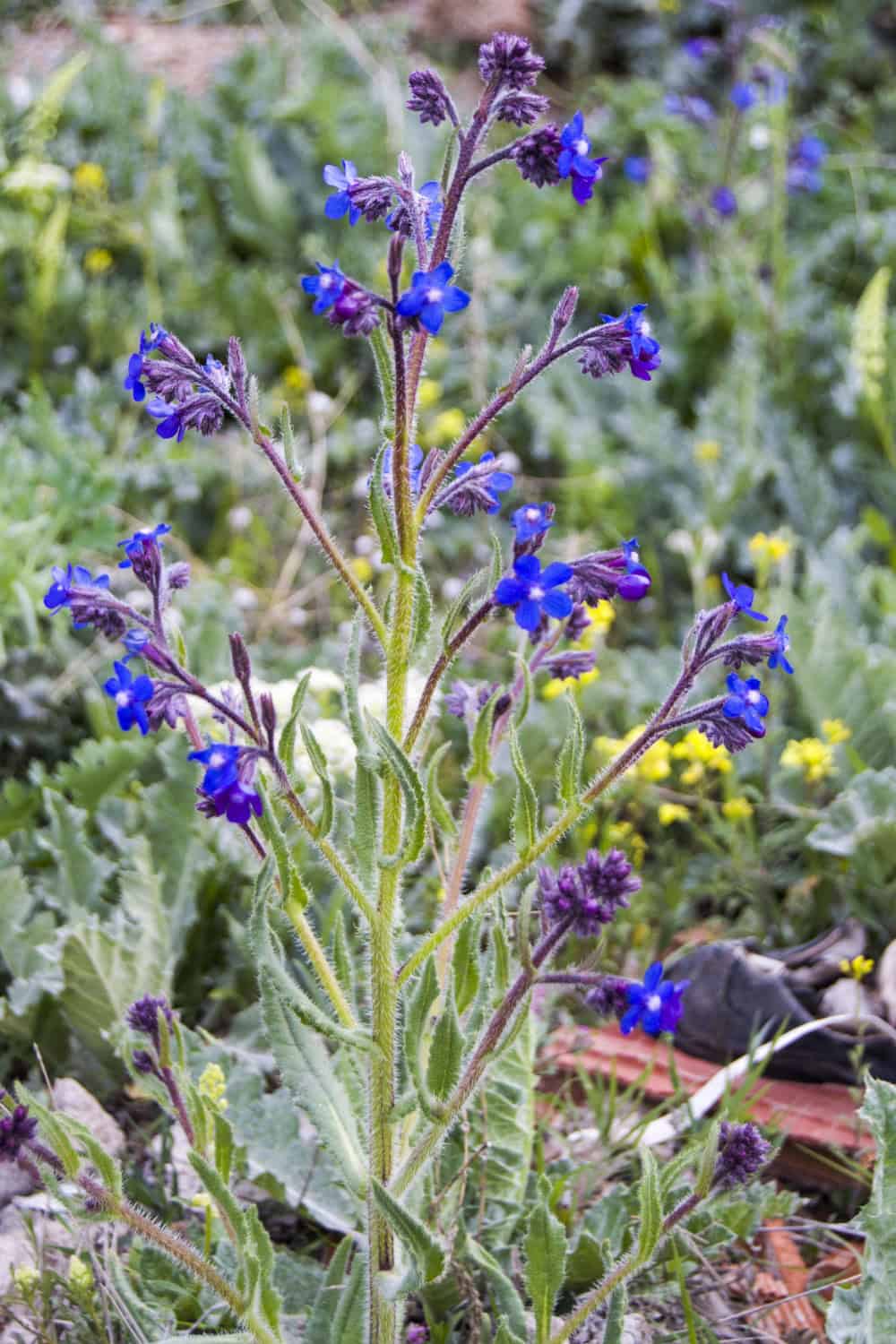

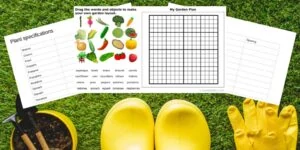
Thank you for highlighting the best borage companion plants and the growing tips included in the post. I wasn’t familiar with borage or much about the plant – this was incredibly helpful and educational.
You are most welcome. I find a lot of people don’t know about borage. Happy to introduce you to it!
I love all the information about borage companion plants! I am a novice gardener, and your posts are so helpful.
Oh, I hope you get the chance to plant some borage. Happy gardening!
Exploring borage companion plants (and ones to avoid) is so helpful for my garden planning! Thanks for the valuable insights on optimizing plant growth and health.
You are very welcome. I’m always happy to share what I’ve learned, and borage is a favorite plant for sure.
The borage companion plant is such a beautiful plant. We have started our garden and love any tips!
Great! I hope you have room too plant some borage in your garden.
This is another helpful article for all gardeners. Thanks for sharing this valuable info about borage companion plants and which to avoid.
You’re so welcome! Maybe you will get to plant borage sometime.